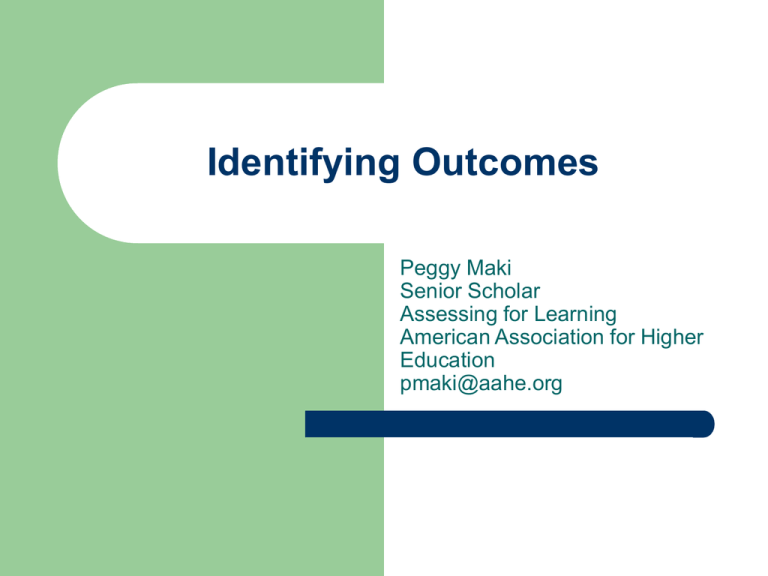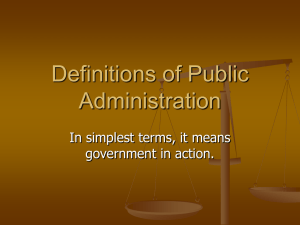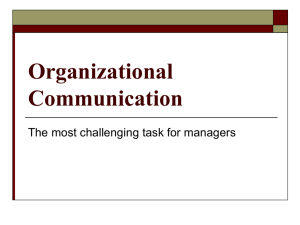Identifying Outcomes
advertisement

Identifying Outcomes Peggy Maki Senior Scholar Assessing for Learning American Association for Higher Education pmaki@aahe.org Domains for Assessing Student Learning Basic (entry) skills College-level skills General Education The major of professional or vocational program Social, spiritual, ethical development Other? List the desired kinds of knowledge, abilities, habits of mind, ways of knowing, dispositions that you desire your students to demonstrate: What is an Outcome Assessment? Describe what students should know, understand, and be able to do based on how and what they have learned. Emerges from what we value and how we teach; that is, it emerges from our educational practices and is developed through consensus. Relies on active verbs, such as create, compose, calculate, develop, build, evaluate, translate, etc. that target what we expect students to be able to demonstrate. Is written for a course, program, or institution Alignment of Outcomes Institutional Outcomes Program Outcomes Course Outcomes Describes learning achieved in the following domains: – – – Cognitive Behavioral Affective Is aligned with curriculum and co-curriculum – Ample, varied, and multiple ways to learn that desired outcome Is based on intentionality (established through dialog) Distinguishing between Objectives and Outcomes Objectives state overarching expectations such as— Students will develop oral communication skills. OR Students will understand different economic principles. Example from ABET Design and conduct experiment; analyze and interpret data Compare: Students will write effectively to Students will summarize recent articles on economics and identify underlying economic assumptions. Example from ACRL Literate student evaluates information and its sources critically and incorporates selected information into his or her knowledge and values system. ONE OUTCOME: Student examines and compares information from various sources in or to evaluate reliability, validity, accuracy, timeliness, and point of view or bias. Ways to Articulate Outcomes Adapt from professional organizations Derive from mission of institution/program/service Derive from students’ work Derive from interview transcripts Derive from exercises focused on listing one or two outcomes “you attend to” and then map collective efforts. Characteristics of a good outcomes statement: Focuses on what students can do Focuses on learning from an instructional activity, content, curricular design/cocurricular design Focuses on central abilities in the discipline based on recognized/agreed upon standards Is clear enough to be measurable Focuses on enduring abilities that can be assessed now Write one outcome statement that captures what students should achieve: How well does your outcome statement meet characteristics of a good statement? Focuses on what students can do? Focuses on learning from an instructional activity, content, curricular design/co-curricular design? Focuses on central abilities in the discipline based on recognized/agreed upon standards? Is clear enough to be measurable? Focuses on enduring abilities that can be assessed now?

